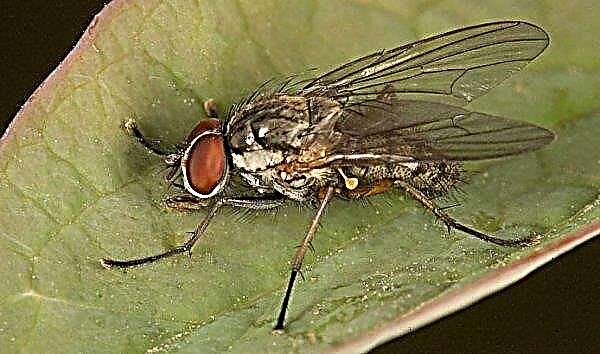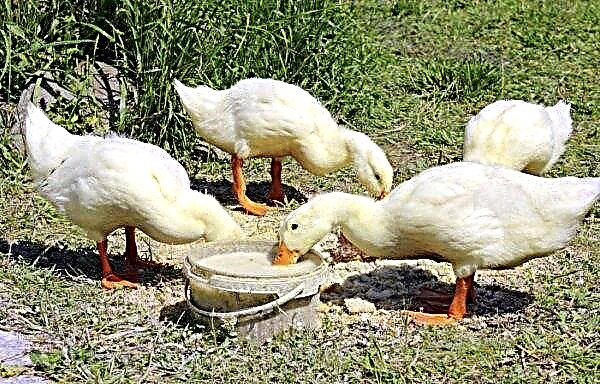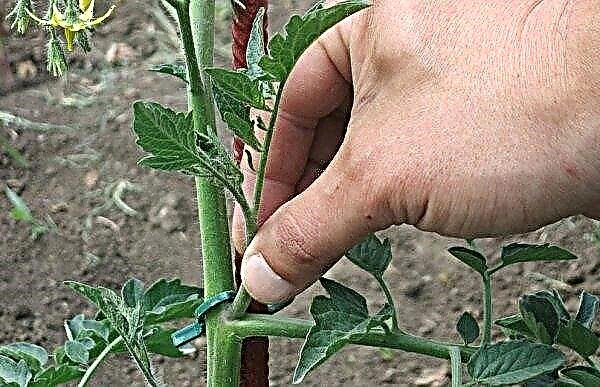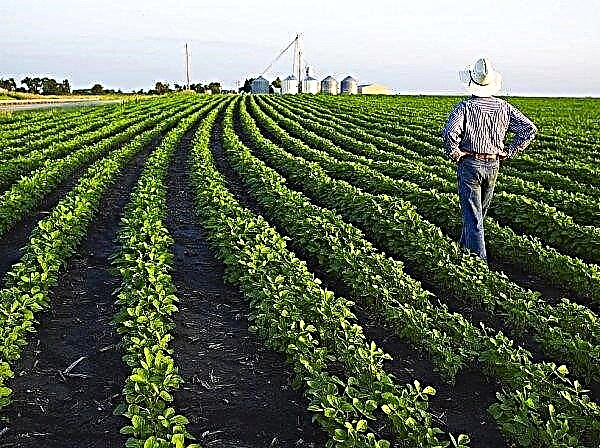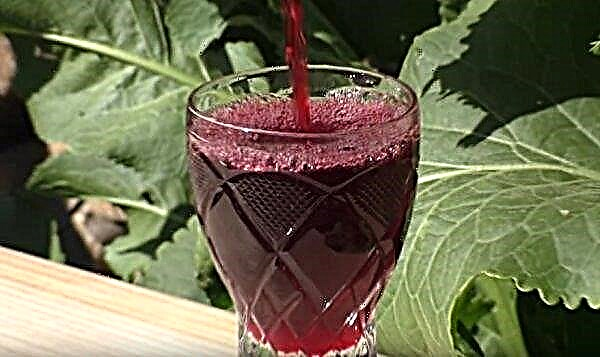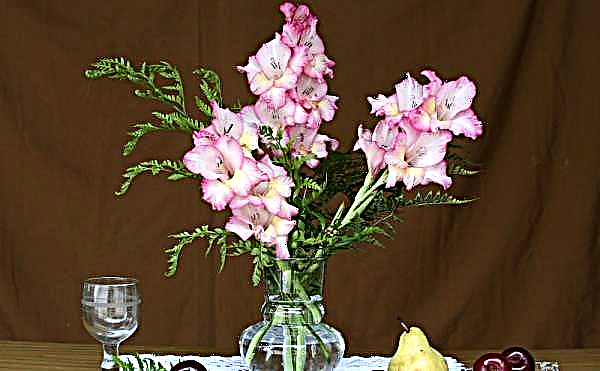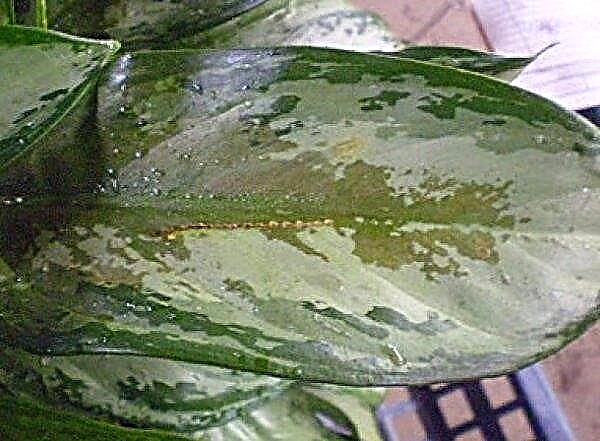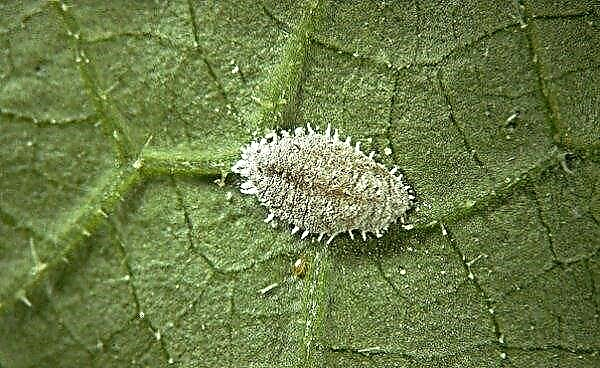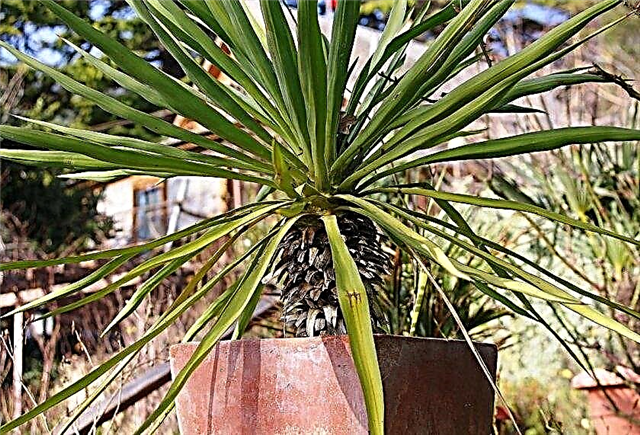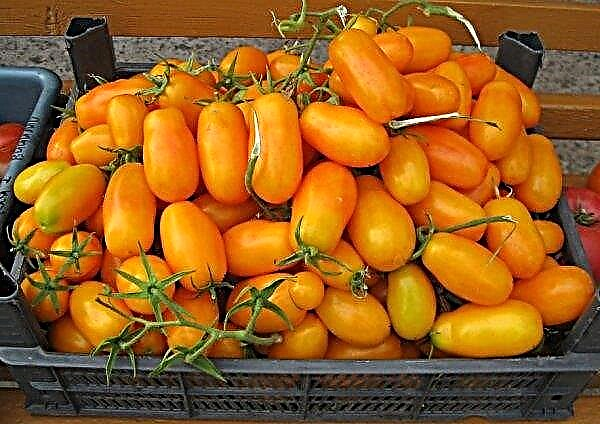Coniferous plants on a personal plot - it is always beautiful and convenient. They are unpretentious, green all year round, moreover, they easily breed. One of the effective methods of breeding fir is cuttings. How to do this is described in detail below.
Pros and Cons of Cherenkovaya Fir
Among the methods of propagation of conifers there are several vegetative and seed. Among the first:
- graft;
- layering;
- division;
- cuttings.

At home, gardeners prefer to propagate fir using cuttings.
- And there are several advantages over other methods:
- obtaining plants with maternal characteristics;
- the procedure is not time-consuming, time is spent mostly on rooting;
- a high percentage of survival of seedlings;
- lack of dependence on the season.
You can harvest cuttings at any time of the year, the main thing is to choose the right time for planting. Spring, summer and autumn seedlings root in the current year. Shoots harvested in late autumn or winter are stored in a cool room until spring.
The only drawback is that experts consider the final rooting only in the second year after planting. Before viable roots appear, the stalk will grow callus - a tissue that can create new parts of the plant, i.e. root shoots.
Did you know? One of the significant differences between fir and spruce is in the arrangement of cones: in fir trees they grow exactly up like candles, and in fir trees they are directed down.
How to properly prepare the stalk
The procedure is carried out on a cloudy day in the morning. As a donor choose a tree no older than 8 years. Cuttings are harvested from annual branches having at least one apical bud. It is recommended to pay attention to the north side of the plant crown.

Workpiece length - up to 10 cm; be sure to cut a branch with a piece of bark. Having made an incision, then it is better to tear it off sharply. Before rooting, you need to clean up the sticking pieces of wood and make sure that on the heel of the twig itself there are no exfoliation of the bark from the wood layer.
Rooting process
A stalk for the prevention of fungal diseases is treated with a fungicide, for example, Fundazolum (10 g per 0.5 l of water) or a weakly concentrated solution of potassium permanganate. Soak it in a disinfecting mixture for 4-6 hours.
To prepare the substrate, equal parts of the following components are taken:
- sand;
- sod layer of the earth;
- humus.

The container or box is placed in a lit and warm place without drafts. Lighting should be diffused so that direct sunlight does not fall on the plant. The shoot is buried in moist soil at an angle of 45 °, by 5-7 cm.
It is recommended to root fir with lower heatingso that the soil in the tank warms up to + 20 ... + 22 ° С. The air temperature is maintained in the range + 16 ... + 19 ° С.
Important! The entire period of rooting of the seedling provides daylight hours of at least 8 hours a day. If necessary, use artificial lighting.
At first, the stalk is under the film. Ventilate the seedling daily and remove condensation. In winter, a container with fir is cleaned in a cellar or on a heated veranda. In the spring it must again be taken out to fresh air.
Twice during the winter, the seedling is fed, introducing 10 g of the “Green Needle” preparation, after which it is carefully watered.

Open transplant
Young plants should be planted on a site with a slight shadow, with a groundwater table not exceeding 2.5 m from the surface. The rooted seedling can be transferred to a constant place of growth in April or September. When landing several copies between them, you need to leave a distance of 5 m.
Video: How to plant and care for fir
Transplant Technology:
- A hole measuring 70 × 55 cm is prepared 2 weeks before the procedure.
- At the bottom, a layer of drainage material 20 cm thick is required.
- Before planting, the soil extracted from the pit is mixed with 250 g of wood ash and 50 g of superphosphate.
- Having placed the plant on the embankment at the bottom of the hole, the depth of which corresponds to the length of the roots, it is sprinkled on all sides with soil.
- In this case, the growth point of the tree remains above the surface.
- After watering is carried out, the soil should get wet 20 cm deep.

Plant care
It’s easy to grow a culture; it does not require special care procedures. Unpretentious evergreen plant does not need frequent watering, enough rainfall. If the summer is hot and there is little rain irrigate the soil in the near-stem circle once a month, spending 10-15 l on a young tree, 30-50 l on an adult.
This type of conifer also rarely needs fertilizer.: the first 3 years enough of the mixture embedded in the landing hole. Then, every spring, a mineral complex is introduced - for example, Kemira Universal, 100 g / m².

To keep moisture in the soil and protect the roots from overheating, as well as from the dominance of weeds, trunk circle cover with mulch. The material is fallen pine needles, sawdust or tree bark. Before mulching, the soil needs to be well fluffed, ensuring root system respiration.
The first 8–10 years old fir belongs to slowly growing crops, therefore, careful trimming during these years is not carried out.. But the ornamental plant needs a sanitary haircut and a small formative procedure. In spring, weak and broken shoots that grow inside the crown or out of the general form are removed.
Important! It is undesirable to cut more than a third of the length of the branches at one time, otherwise the tree will stop growing.
Fir is resistant to diseases and pests with proper care. To protect it from troubles, every spring in the garden, preventive treatments are carried out against infections and pests. At the beginning or end of March, depending on the region, the culture is sprayed with Rogor solution, prepared in a proportion of 20 g per 10 liters of water. After 3 weeks, the plantings are treated with a 2% Bordeaux mixture.
How to plant fir cuttings in open ground
To plant fir with cuttings for the winter is a little troublesome - not all seedlings manage to build a good root system. For successful development, plants are placed for growing in open ground. The site should be protected from the wind, for the winter it is additionally covered.

Landing itself takes place by transshipment: the cuttings, together with a lump of soil, are carefully laid in a prepared pit 8–10 cm deep. Up to 100 pieces of seedlings can grow in a relatively small area of 2 × 2 m. Here, young fir, depending on the development, can be up to 3 years.
During this time, they need constant care:
- spraying in the heat;
- irrigation of soil to a depth of 10 cm, keeping it moderately moist;
- top dressing in the spring and summer ("Green needle");
- sun protection with a stretch shelter.
Did you know? Fir can be distinguished from spruce or pine by touch: fir needles do not prick or scratch when touched.
So, the cuttings of fir is one of the most convenient and not time-consuming methods of its propagation. Observing the rules of care during rooting and after transplanting, the gardener will receive a beautiful plant with lush branches.

